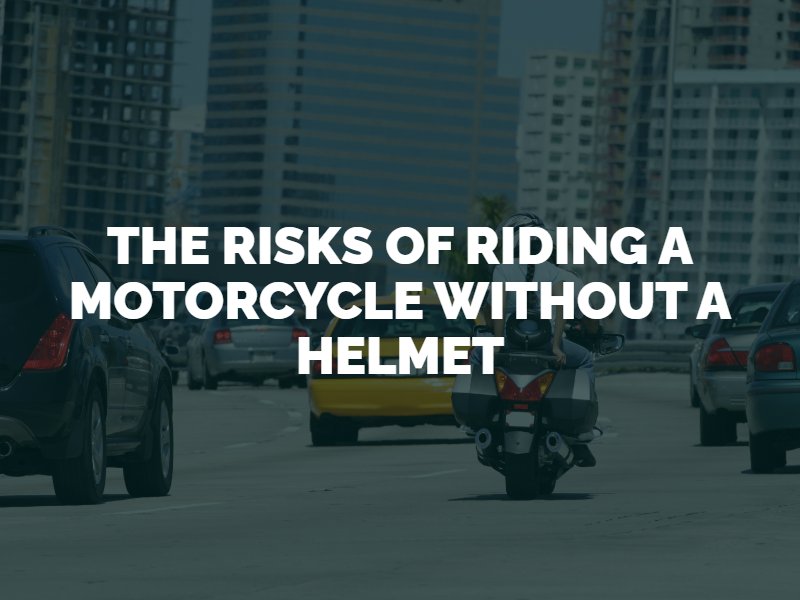Riding a motorcycle in the open air is an exhilarating experience that no one should miss; however, the same unenclosed, two-wheeled design that makes a motorcycle ride so thrilling also leaves riders vulnerable to severe and even grave injuries in an accident. While a helmet cannot prevent all head injuries, it makes a significant difference in the likelihood of surviving a motorcycle accident. In the event you do get into an accident, call our motorcycle accident attorneys in Seattle today.
Some traumatic brain injuries occur when a strong blow or jolt causes the brain to bump or twist inside the skull. The force of a motorcycle crash on an unprotected rider causes multiple traumas from the original crash force and then through the head’s contact with the road surface or obstacles during the crash. A safety-approved motorcycle helmet adds the protection of a hard outer shell and a cushioning inner layer, preventing the most severe head injuries in a crash.

Most states have motorcycle laws requiring either underage motorcyclists or all riders to wear helmets. According to the CDC, motorcycle helmets save close to 2,000 lives per year. Statistics from a CDC study in 2017 revealed the following:
Though the remainder of a motorcyclist’s body remains vulnerable to injuries from direct contact with the road, preventing head injuries is the best way to prevent fatalities in motorcycle accidents.
Motorcyclists who choose not to wear helmets risk the following injuries in a crash:
Because the greatest risk of fatality to motorcyclists without helmets comes from traumatic brain injuries, some medical professionals refer to motorcycles as “donorcycles.” This stems from the number of motorcycle accident victims who suffer brain death and become organ donors. When Michigan repealed an earlier helmet law in 2021 organ donorship increased by three times for unhelmeted riders in accidents compared to those with helmets.
While the most important aspect of a helmet is to protect the head and brain in a crash, it also protects motorcyclists during the ride itself. A helmet protects the eyes and face from injury from rocks and road debris that a motorcycle’s tires sometimes spin up from the road. It also protects against flying insects. Retinal detachment from wind forces, eye infections, and other injuries occur to those who don’t wear helmets while on the road.
Studies also show that wearing an aerodynamic helmet helps reduce the volume of wind noise while riding, protecting motorcyclists from hearing loss.
Before you hit the open road, it’s critical to protect yourself from literally hitting the road in an accident. Learn your state’s helmet laws, but even in states that don’t mandate helmets for all riders, it’s critical to protect yourself from the risk of severe head injuries in an accident.